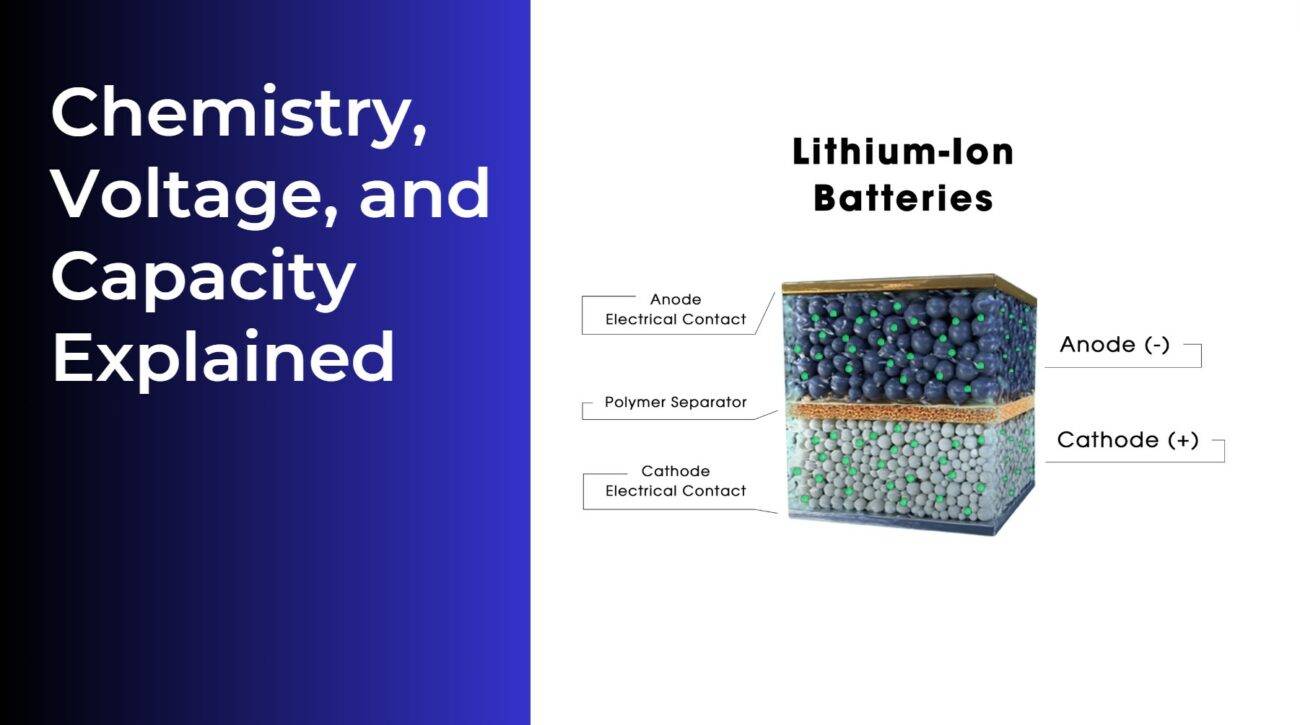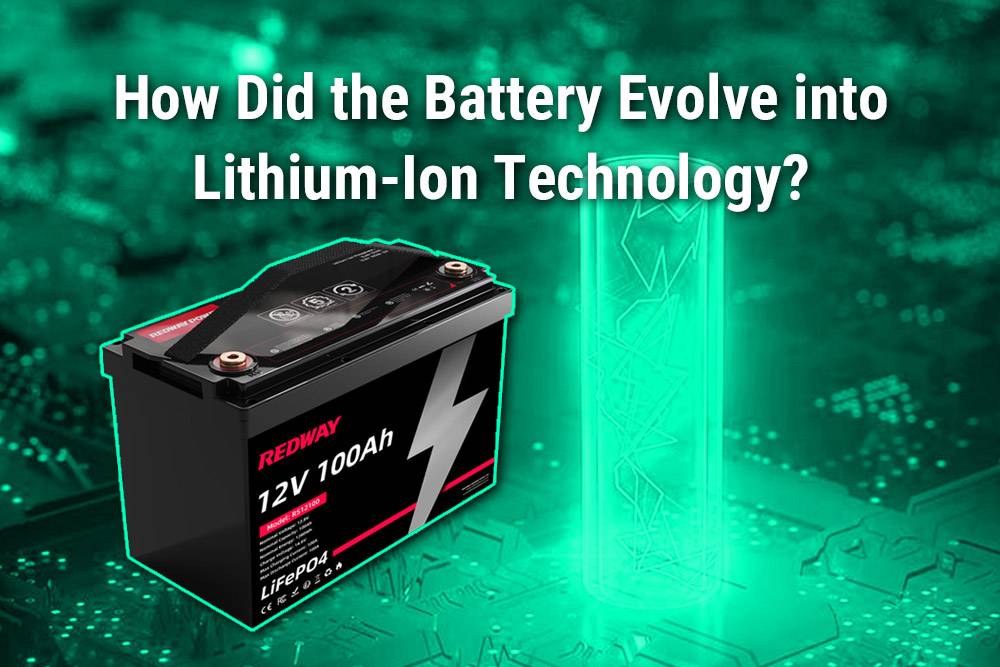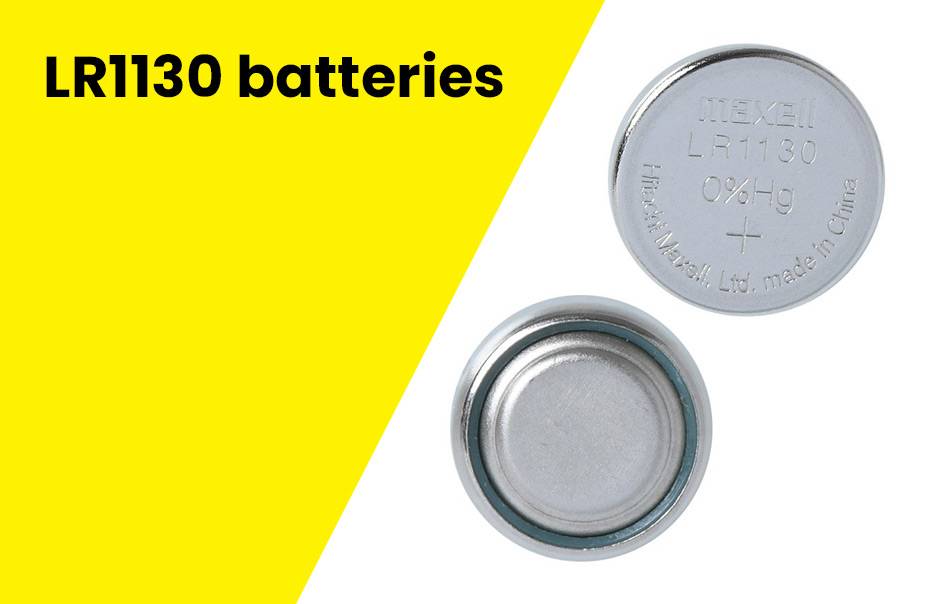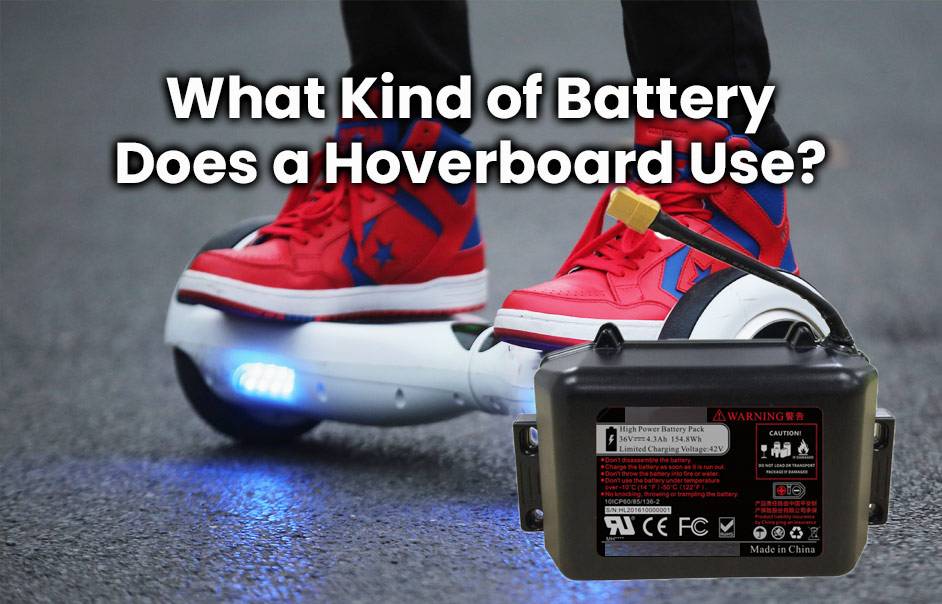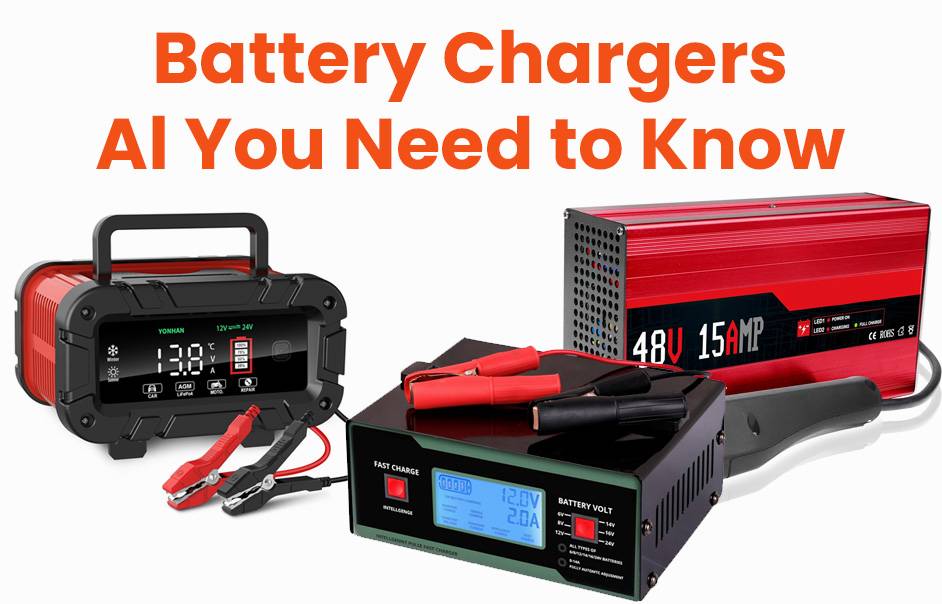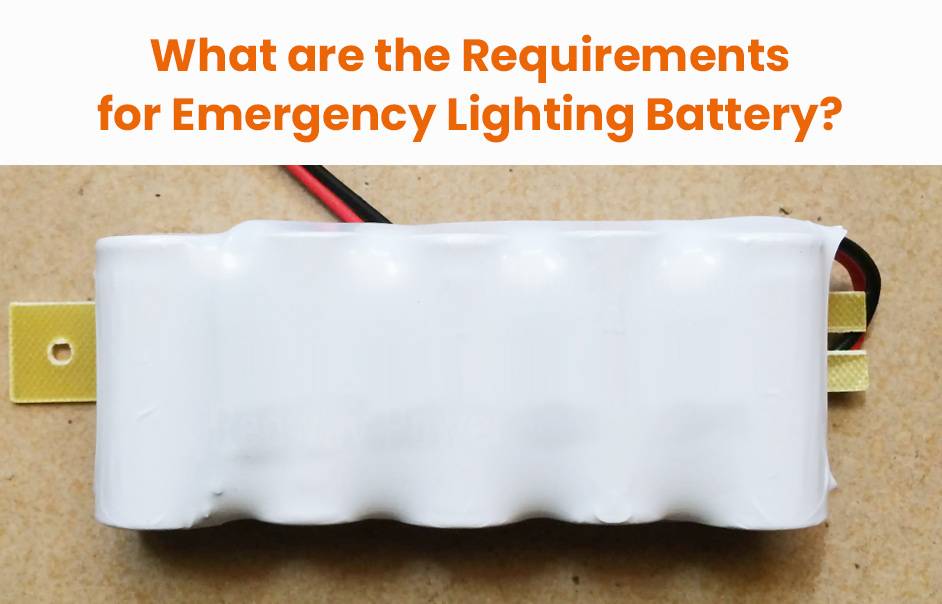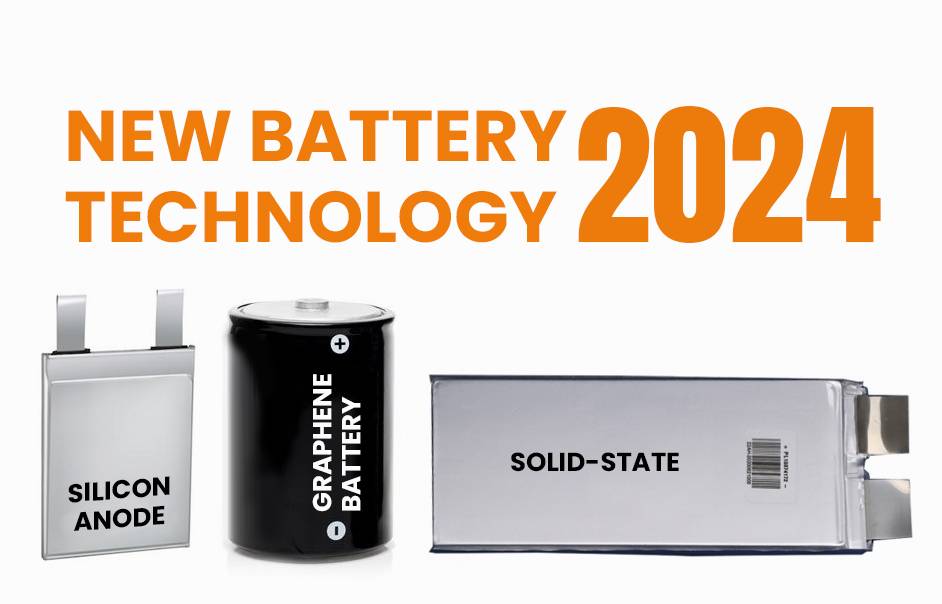- Rack-mounted Lithium Battery
- Golf Cart Lithium Battery
-
Golf Cart Lithium Battery
- 36V 50Ah (for Golf Carts)
- 36V 80Ah (for Golf Carts)
- 36V 100Ah (for Golf Carts)
- 48V 50Ah (for Golf Carts)
- 48V 100Ah (Discharge 100A for Golf Carts)
- 48V 100Ah (Discharge 150A for Golf Carts)
- 48V 100Ah (Discharge 200A for Golf Carts)
- 48V 120Ah (for Golf Carts)
- 48V 150Ah (for Golf Carts)
- 48V 160Ah (Discharge 100A for Golf Carts)
- 48V 160Ah (Discharge 160A for Golf Carts)
-
Golf Cart Lithium Battery
- Forklift Lithium Battery
- 12V Lithium Battery
- 24V Lithium Battery
- 36V Lithium Battery
- 48V Lithium Battery
-
48V LiFePO4 Battery
- 48V 50Ah
- 48V 50Ah (for Golf Carts)
- 48V 60Ah (8D)
- 48V 100Ah (8D)
- 48V 100Ah
- 48V 100Ah (Discharge 100A for Golf Carts)
- 48V 100Ah (Discharge 150A for Golf Carts)
- 48V 100Ah (Discharge 200A for Golf Carts)
- 48V 150Ah (for Golf Carts)
- 48V 160Ah (Discharge 100A for Golf Carts)
- 48V 160Ah (Discharge 160A for Golf Carts)
-
48V LiFePO4 Battery
- 60V Lithium Battery
-
60V LiFePO4 Battery
- 60V 20Ah
- 60V 30Ah
- 60V 50Ah
- 60V 50Ah (Small Size / Side Terminal)
- 60V 100Ah (for Electric Motocycle, Electric Scooter, LSV, AGV)
- 60V 100Ah (for Forklift, AGV, Electric Scooter, Sweeper)
- 60V 150Ah (E-Motocycle / E-Scooter / E-Tricycle / Tour LSV)
- 60V 200Ah (for Forklift, AGV, Electric Scooter, Sweeper)
-
60V LiFePO4 Battery
- 72V~96V Lithium Battery
- E-Bike Battery
- All-in-One Home-ESS
- Wall-mount Battery ESS
-
Home-ESS Lithium Battery PowerWall
- 24V 100Ah 2.4kWh PW24100-S PowerWall
- 48V 50Ah 2.4kWh PW4850-S PowerWall
- 48V 50Ah 2.56kWh PW5150-S PowerWall
- 48V 100Ah 5.12kWh PW51100-F PowerWall (IP65)
- 48V 100Ah 5.12kWh PW51100-S PowerWall
- 48V 100Ah 5.12kWh PW51100-H PowerWall
- 48V 200Ah 10kWh PW51200-H PowerWall
- 48V 300Ah 15kWh PW51300-H PowerWall
PowerWall 51.2V 100Ah LiFePO4 Lithium Battery
Highly popular in Asia and Eastern Europe.
CE Certification | Home-ESS -
Home-ESS Lithium Battery PowerWall
- Portable Power Stations
Sodium Ion Battery, All You Need to Know
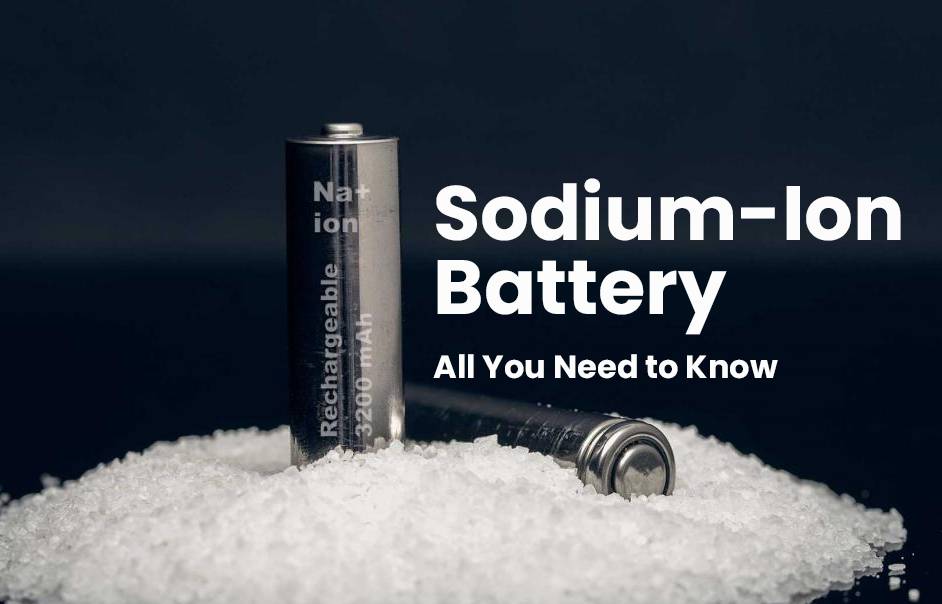
Unlock the potential of sodium! While lithium-ion batteries have dominated energy storage, a formidable competitor has arisen – the sodium-ion battery. Poised to transform electricity storage, this technology is gaining traction among researchers and industry experts. Join us on an electrifying journey into the world of sodium-ion batteries, where innovation meets sustainability. Charge up your knowledge as we explore this groundbreaking technology!
How do Sodium Ion Batteries Work?
Sodium ion batteries are emerging as a promising alternative to lithium-ion batteries. Understanding their working principle and key differences can shed light on their potential applications and challenges.
- Basic Operation: Sodium ion batteries operate similarly to lithium-ion batteries. They involve the movement of ions between an anode and a cathode through an electrolyte. During charging, sodium ions move to the anode, creating electrical energy, and during discharging, they return to the cathode, releasing stored energy.
- Electrode Materials: A significant difference lies in the electrode materials. Sodium-based compounds, more cost-effective and abundant, are used instead of lithium-based ones. This choice aims to address concerns of material scarcity and cost in battery production.
- Challenges and Research Efforts: Despite potential advantages, sodium ion batteries face challenges such as lower energy density, leading to shorter battery life. Ongoing research focuses on improving performance through innovations in electrode materials and cell design, with the aim of overcoming these limitations.
In conclusion, sodium ion batteries, with their unique electrode materials and ongoing research efforts, hold promise as an alternative to lithium-ion batteries. However, challenges like lower energy density need to be addressed for wider applications in industries such as renewable energy storage and electric vehicles.
Advantages and Disadvantages of Sodium Ion Batteries
Sodium ion batteries are gaining attention as a potential alternative to lithium-ion batteries, presenting both advantages and challenges. Exploring these aspects provides insights into their potential role in the future of energy storage.
- Abundance and Cost-Effectiveness: An advantage of sodium ion batteries is the abundance of sodium, a cost-effective alternative to lithium. This abundance allows for larger-scale production without concerns about resource scarcity.
- Enhanced Safety Profile: Sodium ion batteries boast a safer profile due to the larger size of sodium ions, reducing the risk of dendrite formation and short circuits. This makes them more stable and less prone to overheating or fire incidents.
- Energy Density Challenges: A notable drawback is the lower energy density compared to lithium-ion batteries. The larger size of sodium ions limits their energy storage capacity per unit volume, impacting overall efficiency.
- Performance Limitations: Sodium ion batteries may not match the efficiency and lifespan of lithium-ion counterparts, with lower voltage output and a limited cycle life. This could restrict their use in applications where high energy density and extended lifespan are critical.
In conclusion, sodium ion batteries offer advantages in abundance and safety but face challenges related to energy density and overall performance. Ongoing research aims to address these limitations, indicating a promising future for sodium ion battery technology in the realm of energy storage innovation.
Applications of Sodium Ion Batteries
Sodium ion batteries have gained attention for their diverse applications across industries. Here’s a breakdown of key areas where these batteries are making an impact:
- Electric Vehicles (EVs): Sodium ion batteries offer a promising alternative for EVs, addressing the growing demand for sustainable transportation. They contribute to reducing dependence on fossil fuels, lowering carbon emissions, and providing a cost-effective solution without compromising performance or range.
- Renewable Energy Storage: In the realm of renewable energy, sodium ion batteries play a crucial role in efficient energy storage. They can store excess energy generated from sources like solar and wind during peak production periods and release it when demand is high, supporting the transition to cleaner energy sources.
- Grid-Level Energy Storage: Sodium ion batteries find applications in grid-level energy storage, ensuring a stable and reliable energy supply. Their stable chemistry enables long-term storage without degradation, contributing to the overall stability of the energy grid.
- Portable Electronics and Aerospace: Beyond transportation and energy, sodium ion batteries have potential applications in portable electronics and aerospace technology. Their stable chemistry and reliable performance make them suitable for various electronic devices and aerospace applications.
As research continues to enhance the performance and lifespan of sodium ion batteries, their versatility positions them as a key player in achieving a greener and more sustainable future across multiple industries. The ongoing advancements in this technology showcase the potential for sodium ion batteries to play a vital role in shaping the future of energy storage and transportation.
Comparison with Lithium Ion Batteries
Comparing Sodium Ion and Lithium Ion Batteries:
- Abundance and Cost-Effectiveness:
- Sodium-ion batteries leverage the abundance of sodium, sourced from seawater, offering a cost-effective alternative. In contrast, lithium-ion batteries rely on extensive mining operations for lithium, potentially leading to higher production costs.
- Energy Density:
- Lithium-ion batteries excel in energy density, with lithium’s higher charge capacity storing more energy per unit mass or volume. This advantage allows lithium-ion batteries to provide longer-lasting power in portable electronic devices.
- Safety Considerations:
- Sodium-ion batteries have a safety edge, as sodium-based systems are less reactive compared to lithium, reducing the risk of thermal runaway and fire hazards associated with lithium-based technologies.
- Electrode Stability and Lifespan:
- The larger size of sodium ions contributes to better electrode stability over charge-discharge cycles, potentially leading to an improved lifespan and durability for sodium ion batteries.
In conclusion, the comparison between lithium-ion and sodium ion batteries highlights their distinct strengths and limitations. Factors such as cost-effectiveness, energy density, safety, and overall performance needs determine the suitability of each technology for specific applications. While lithium-ion dominates certain industries like electric vehicles, ongoing research aims to enhance the performance of sodium ion batteries, showcasing their potential benefits across diverse applications.
Current Developments and Future Outlook
Current Developments and Future Outlook of Sodium Ion Batteries:
- Energy Density Enhancement:
- Researchers are actively working on increasing the energy density of sodium ion batteries. Improvements in electrode materials aim to boost overall energy storage capabilities, potentially extending battery life and enhancing power output.
- Cost Reduction Initiatives:
- Another focus area involves reducing manufacturing costs associated with sodium ion batteries. Technological advancements are making it more feasible to produce these batteries at a lower cost, increasing accessibility for diverse applications.
- Safety Enhancements:
- Efforts are directed towards enhancing the safety of sodium ion batteries. Advanced electrolyte formulations are being developed to minimize fire risks and other safety concerns associated with their use.
Future Outlook: Looking ahead, the future of sodium ion battery technology appears promising. Ongoing research and development efforts are expected to yield improvements in energy density, charging speed, cycle life, and overall performance. This progress opens doors for adoption across industries like electric vehicles, renewable energy storage, portable electronics, and grid-scale applications.
In conclusion, current developments in sodium ion battery technology are laying a solid foundation for a bright future. Continued advancements addressing challenges like energy density and manufacturing cost reduction bring us closer to realizing a sustainable future powered by efficient and affordable energy storage solutions like sodium ion batteries.
Conclusion
Explore the potential of sodium-ion batteries – a promising alternative to lithium-ion technology. While abundant raw materials and lower costs make them attractive, challenges like energy density persist. Ongoing research strives for improvements in capacity, lifespan, and safety. As demand for sustainable energy storage grows, sodium-ion batteries could revolutionize industries, from renewables to electric vehicles. Despite being in early stages, this evolving technology holds the key to a greener future. Keep an eye on sodium-ion batteries as they shape tomorrow’s energy landscape.














